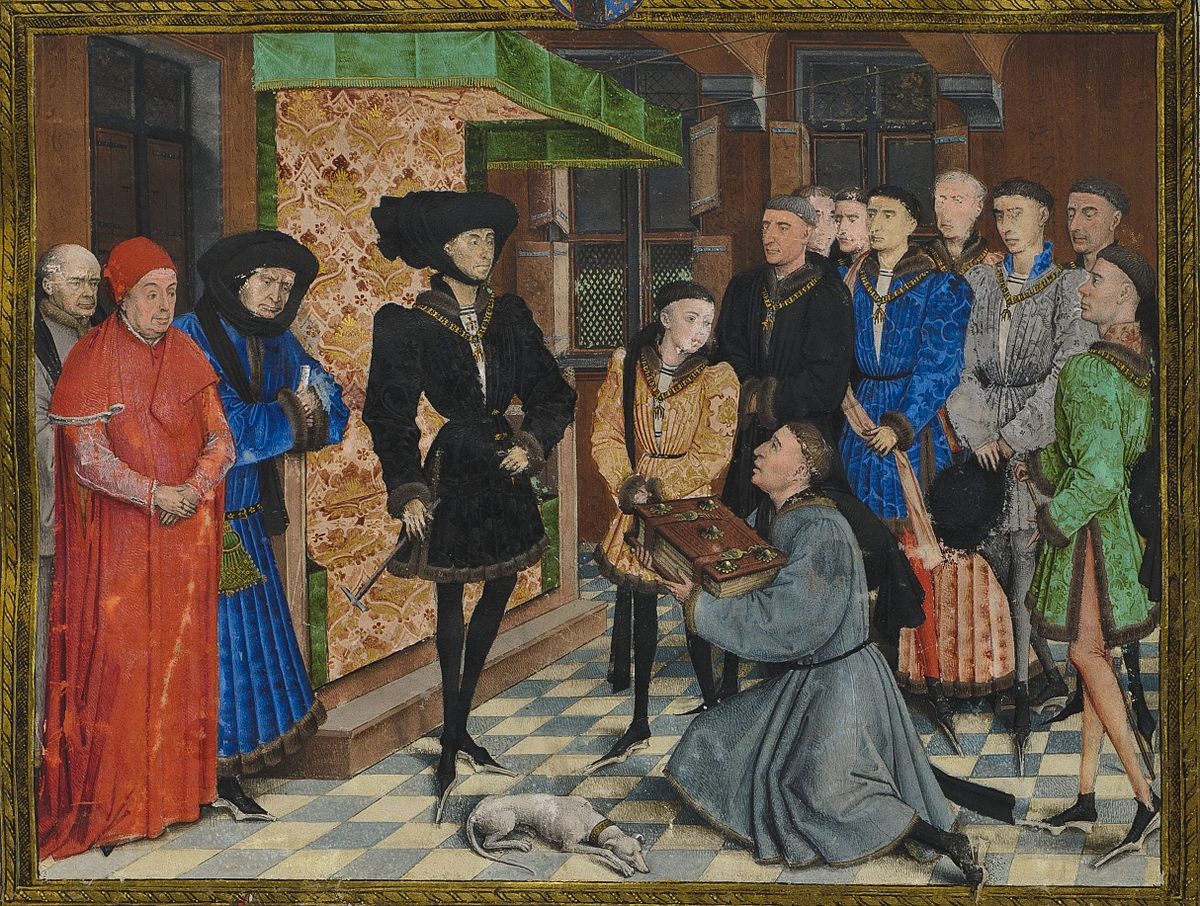
Burgundian Period in the Netherlands
Mechelen, BelgiumMost of what is now the Netherlands and Belgium was eventually united by the Duke of Burgundy, Phillip the Good. Before the Burgundian union, the Dutch identified themselves by the town they lived in, their local duchy or county or as subjects of the Holy Roman Empire. These collections of fiefs were ruled under the personal union of the House of Valois-Burgundy.
Trade in the region developed rapidly, especially in the areas of shipping and transport. The new rulers defended Dutch trading interests. Amsterdam grew and in the 15th century became the primary trading port in Europe for grain from the Baltic region. Amsterdam distributed grain to the major cities of Belgium, Northern France and England. This trade was vital to the people of the region as they could no longer produce enough grain to feed themselves. Land drainage had caused the peat of the former wetlands to reduce to a level that was too low for drainage to be maintained.
